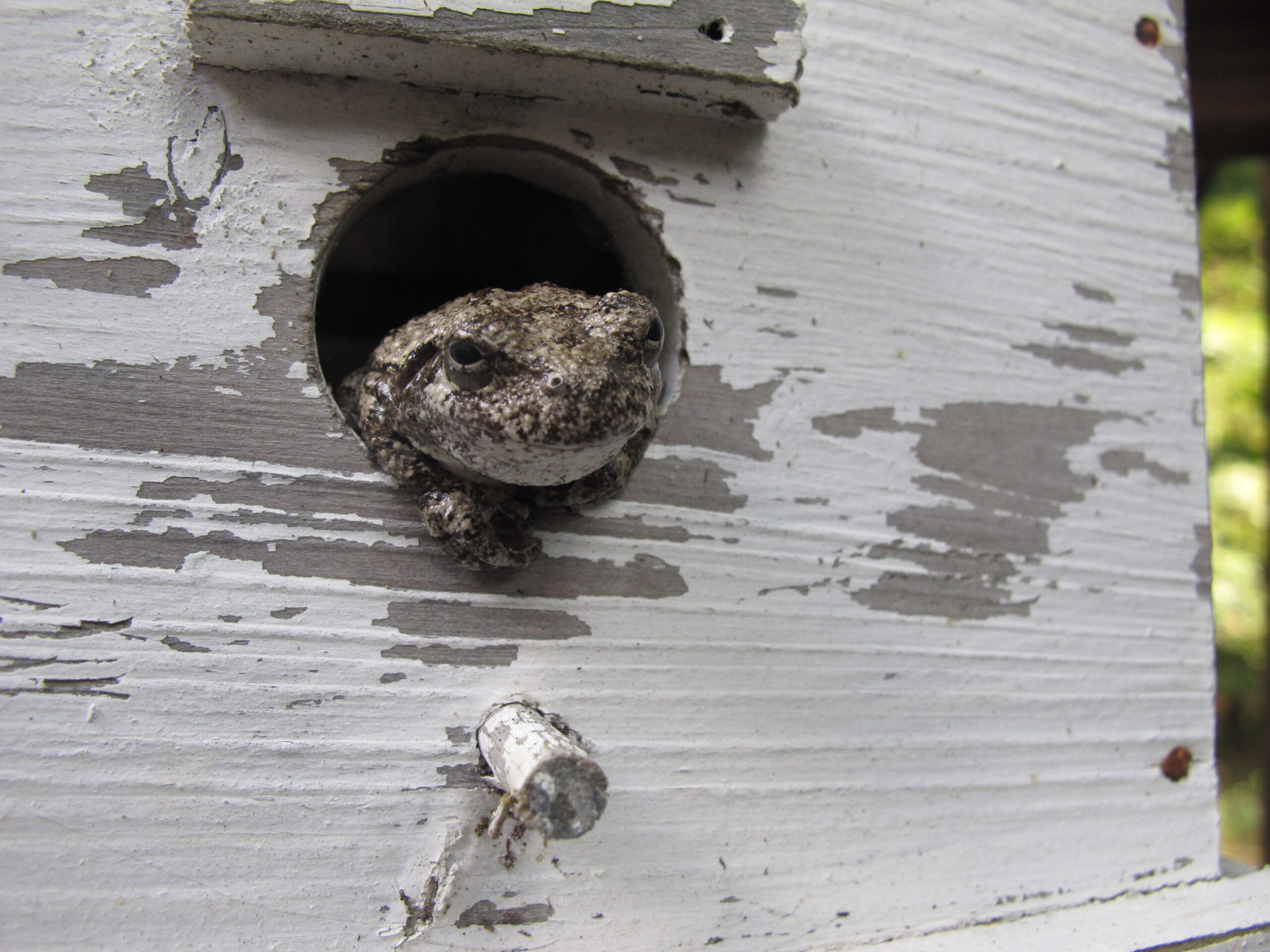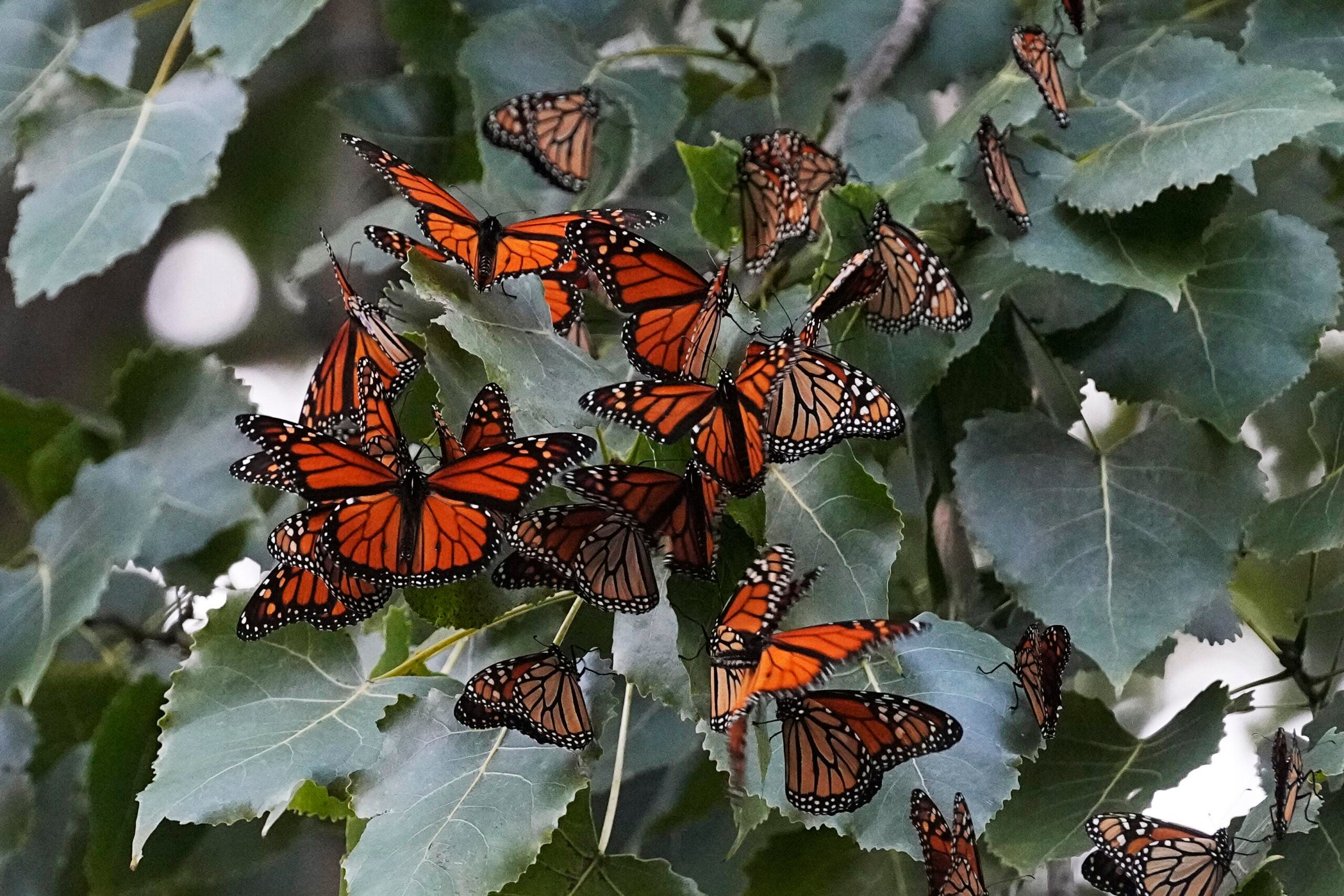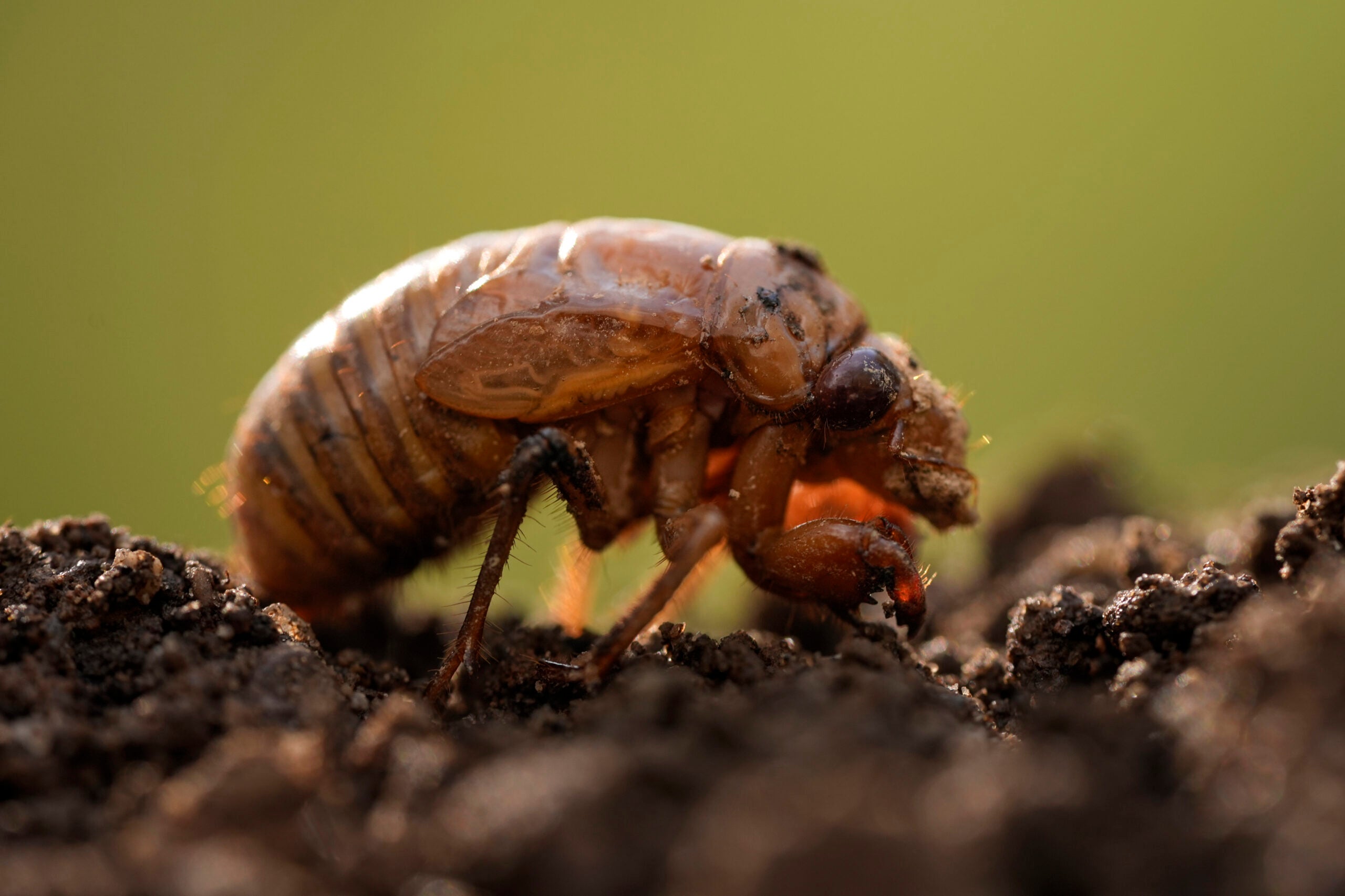When an Australian man noticed a frog living in a fence in his yard, he decided to be a good neighbor by building the critter a tiny house. His TikTok video of his efforts quickly went viral and led to a new business selling 3D-printed frog homes.
Wildlife biologist Erin Sauer wasn’t at all surprised the video resonated with millions of people. Frogs are cool, if underappreciated, she recently told Wisconsin Public Radio’s “The Morning Show.”
“They come in all these different shapes and sizes. They make all these funny sounds, and it’s really nice to go out on a walk in the evening and hear them singing,” she said. “I think they just bring people happiness with this complex life cycle that they have, this transformation from an egg to a tadpole to a metamorph to these full-sized adults. It’s so fascinating. And I think most people find it very fascinating.”
News with a little more humanity
WPR’s “Wisconsin Today” newsletter keeps you connected to the state you love without feeling overwhelmed. No paywall. No agenda. No corporate filter.
Sauer is a postdoctoral researcher in biological sciences at the University of Arkansas. She previously studied how frogs and other amphibians thrive or struggle in ponds around Madison. On “The Morning Show,” she talked about threats facing amphibians, why frogs are important, and how building frog houses or ponds can help them survive in urban areas, which can be harsh environments for them.
The following has been edited for brevity and clarity.
Kate Archer Kent: Could you explain a bit more about the ecosystem, food chain and what preys on frogs, and then what frogs eat?
Erin Sauer: They eat a lot of pests — the agricultural pests, bugs, mosquitoes. They eat mosquito larvae, which, nobody likes mosquitoes. So that’s a great service that they’re providing for us. They’re eaten by lots of bigger things. Barred owls really like to eat frogs. They get eaten by birds and mammals. They’re eaten by fish. They’re in the middle part of the ecosystem where they’re eating these insects that we find to be annoying or damaging to agriculture. And at the same time being eaten by these larger — more charismatic, maybe — species like barred owls.
KAK: How are amphibians doing here in our state in Wisconsin?
ES: Amphibians are the most threatened vertebrates on the planet — more than fish, reptiles, birds and mammals. One endangered species in Wisconsin is the Blanchard’s cricket frog. Some salamanders are rare or of special concern. A big problem is habitat destruction. If there’s no habitat, then you can’t have a population, and it’s going to go locally extinct.
KAK: What is happening to the habitat? What is it being turned into?
ES: There’s agricultural use. There’s suburban sprawl. Having a new housing development that used to be a prairie and replacing that with monoculture mowed grass is certainly not the kind of habitat that amphibians need. They’re not going to thrive in those environments.
KAK: Should people build shelters in their yards to help amphibians?
ES: Absolutely. First off, it’s super fun. Creating any habitat in your yard is going to be a positive thing if they’re not there previously.
Some frogs, like tree frogs, really like to hide out in little tiny spaces. One thing they really like is PVC pipes. When I was in Florida, I used to collect Cuban tree frogs, and we would just put PVC pipes out in wetlands and just walk back out to the pipes and there would be like five frogs in them. It emulates the kind of spaces that they would normally hide in.
If you look up toad houses (online), they’re just broken pots that people flip upside down and toads like to hang out in them during the day. A lot of amphibians are nocturnal, so they’re just looking for safe and dark places to hang out during the day. You can put these little structures in that sort of emulate their natural habitat, and they’ll hang out in them.
KAK: How do frogs handle cold winters or how do they avoid freezing and know when it’s time to come up for spring?
ES: Frogs and other amphibians in Wisconsin survive the winter in a variety of really interesting ways. And wood frogs are probably the coolest — they freeze over. They turn into little frog icicles and just freeze up and stay frozen for the winter.
Some (other species) hang out in the non-frozen parts of running water like in streams, some are underneath the ice. And then there’s some like tiger salamanders that actually burrow underground and hang out underground all winter and then emerge in the springtime.
READ MORE: New guidebook details life cycles of Wisconsin’s amphibians
READ MORE: Wisconsin scientists help discover another deadly frog disease
Wisconsin Public Radio, © Copyright 2026, Board of Regents of the University of Wisconsin System and Wisconsin Educational Communications Board.



